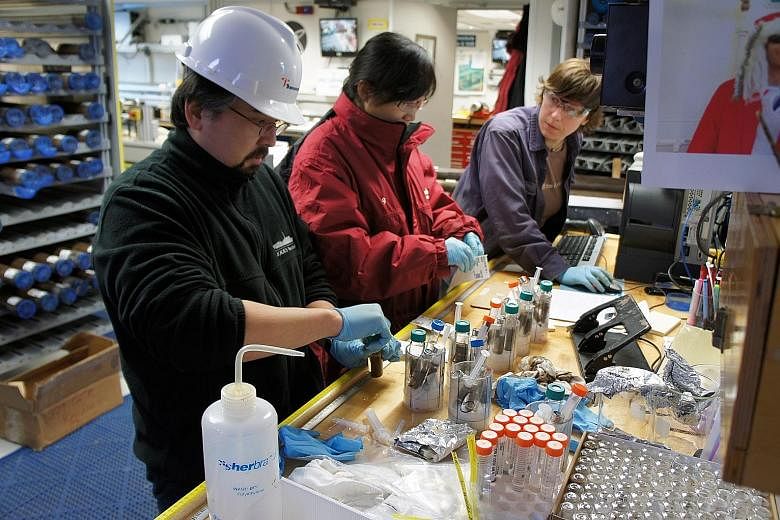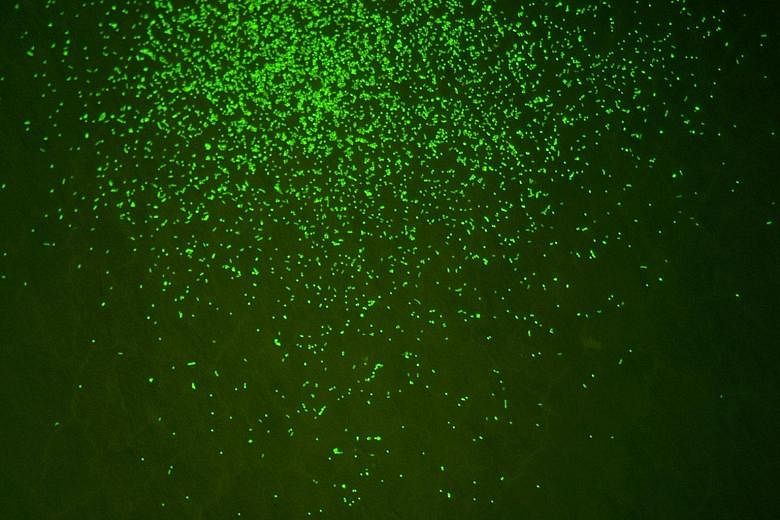The South Pacific Gyre is the spot in the sea that is farther from land than any other, so devoid of nutrients, life and even continental dust that it is considered "the deadest spot in the ocean", said Dr Steven D'Hondt, a geomicrobiologist at the University of Rhode Island.
Yet some 6,100m beneath the surface, microscopic creatures have not only found a way to eke out a living, but they have also managed to weather the inhospitable conditions for many millions of years.
Already a subscriber? Log in
Read the full story and more at $9.90/month
Get exclusive reports and insights with more than 500 subscriber-only articles every month
ST One Digital
$9.90/month
No contract
ST app access on 1 mobile device
Unlock these benefits
All subscriber-only content on ST app and straitstimes.com
Easy access any time via ST app on 1 mobile device
E-paper with 2-week archive so you won't miss out on content that matters to you



